Your Guide to Choosing Siding Colors for Your Home
Does the thought of choosing a new siding color cause you panic?
You’re not alone. Choosing a new siding color is an intimidating process and there’s always a fear you might choose the wrong color. Unlike painting a room in your home, it’s much more difficult to change your siding color once you’ve made the decision.
That’s why we’ve created this siding color guide to help. We’ll walk you through how to choose siding colors in four easy steps and give you tips on how to avoid common color mistakes.
Step 1: Let your house style determine the start of your color palette.
We recommend letting your house style guide your color palette, as different house styles lend themselves to different color palettes.
Craftsman Home: Craftsman homes need a rugged, earthy color palette. Deep reds, olive greens and rich browns work really well.
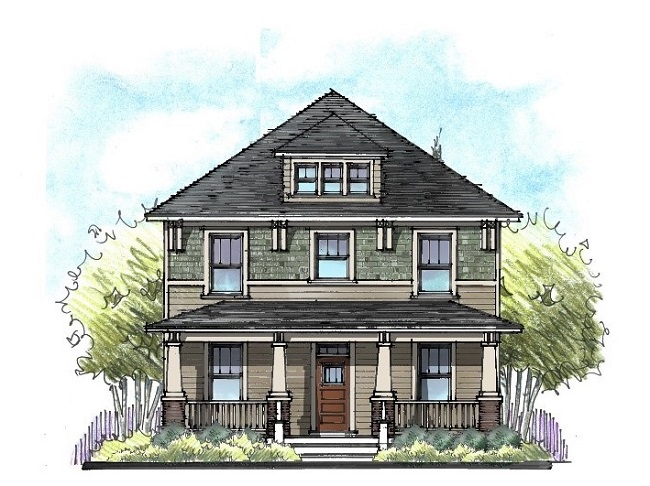
Tuscan Home: Start with stone. Tuscan-style homes are characterized by stone with warmer tones. Choose your stone color first then pick a siding color that will complement it.
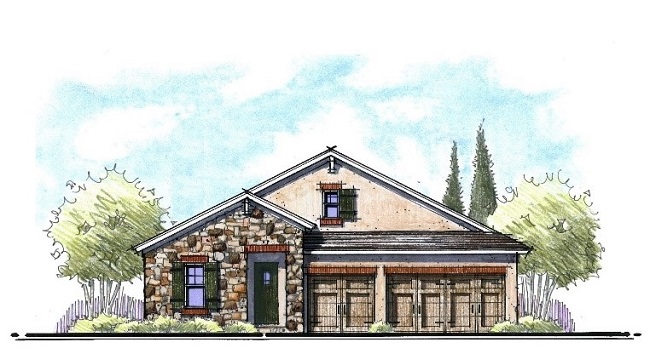
Low Country Home: Low country homes are light and breezy, so blue hues are a good place to start. Then pair your blue siding with neutral accents.
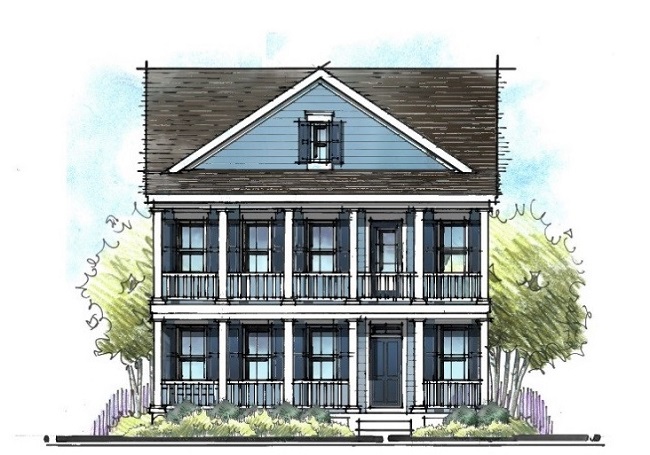
Victorian Home: Victorian homes can have a playful color palette, so don’t be afraid to use bold color combinations.
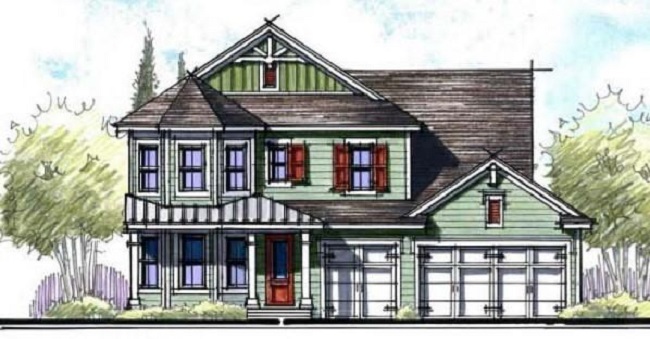
Mediterranean Home: Mediterranean color palettes are warm and often determined by the terracotta orange roof color. This lends itself to soft, peachy tones.
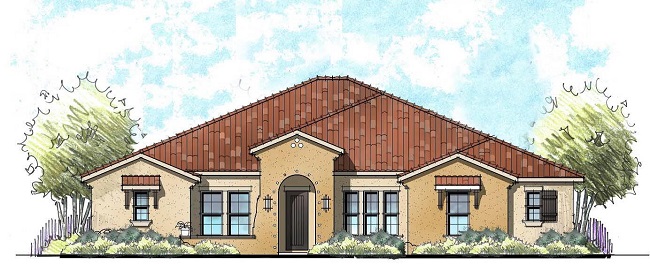
French Country Home: French country homes are more flexible in their color palettes than any other house style and will look great in just about any siding color. So start with a color you love and build your palette from there.
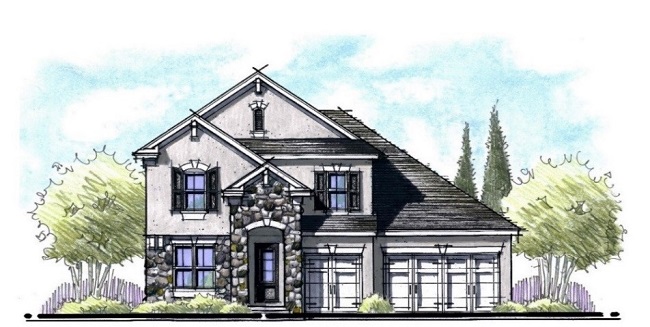
Now that you have somewhere to start, it’s time to choose a main siding color.
Step 2: Choose a main siding color.
When choosing a siding color, make sure you look at the color in the location where it will be used. Request a sample of the color from a pro and take it home to look at it in full sunlight.
Step 3: Choose a secondary siding color and stone color.
You want a well-balanced color palette on your home, which means including warm and cool tones. If you choose a main siding color that is a cool neutral, give it contrast to help it pop by choosing a warm secondary color.
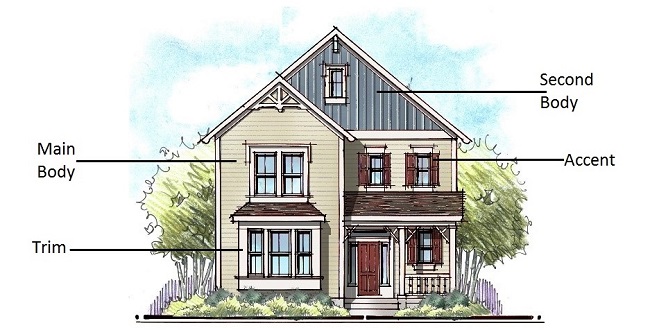
In addition, when choosing your secondary siding and stone colors, remember the rule of three: limit your cladding choices to three total materials. This will prevent your home from looking like a patchwork quilt.
Step 4: Choose a trim color.
Don’t forget to add finishing touches to your home. Your trim and accents give your home a finished look. Classic, white trim works well with just about every color palette. However, if your siding colors are more neutral and subdued, a bold trim color could be just what your home needs to give it a pop of color.
Before you choose a siding color, visualize what it will look like.
Are you still unsure about choosing a siding color? Take the fear out of choosing colors with Ply Gem’s visualizer. Our visualizer lets you see what your siding colors will look like on your home before you make a commitment. Try a color scheme developed by our design experts, or create a color palette that’s all your own. You decide.
